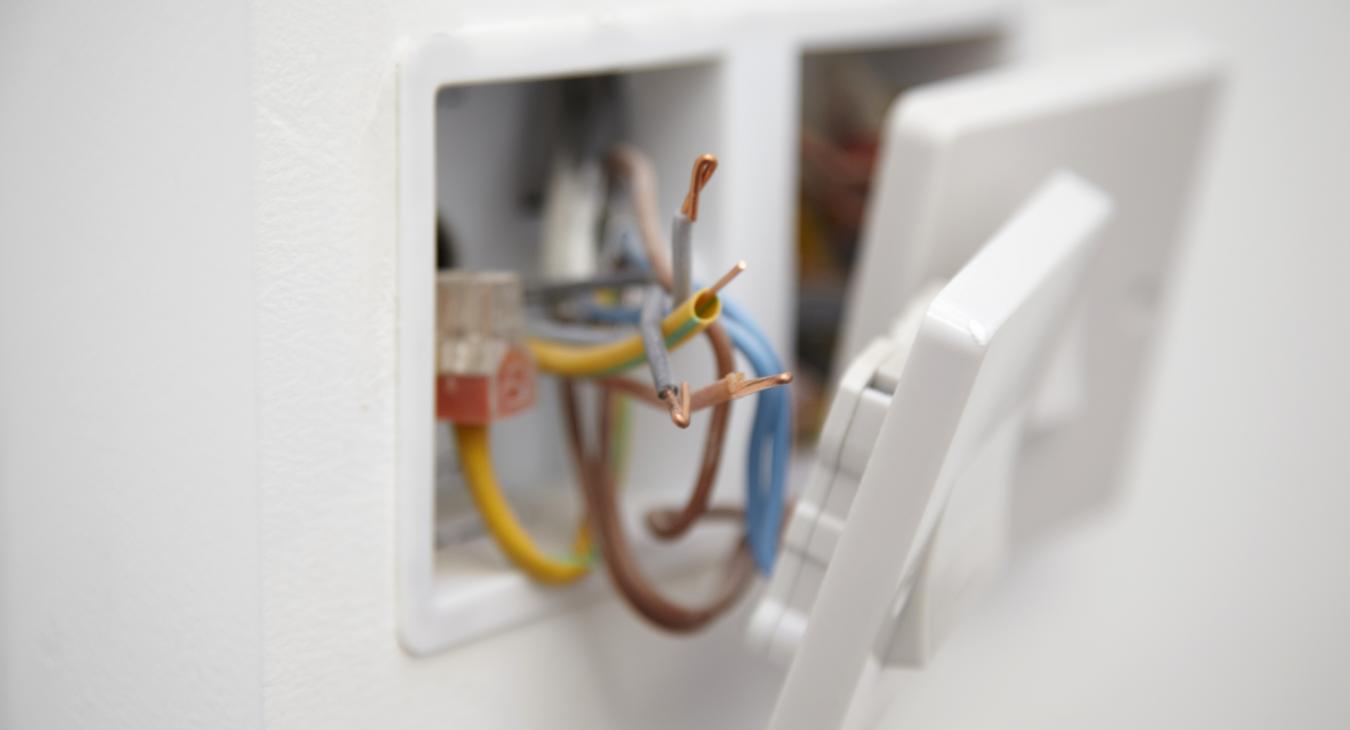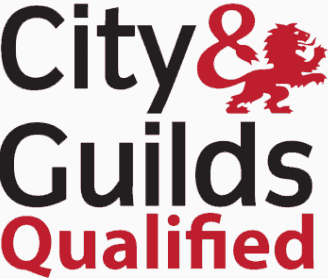
Most of us don’t even thick twice about getting our car MOT’d and serviced. We just accept it as something that we need to do that also keeps us safe. So, much like an MOT for cars, it is important for us all to carry out checks on the condition of the electrics in our homes at regular intervals.
It is true that most of us take electricity in our homes for granted. Perhaps because we can’t always see the cables and fuse boxes that are hidden away in our homes, it is all to easy to forget that they are there, working away to power our homes. However, all electrical installations deteriorate with age and use. They should therefore be inspected and tested at regular intervals to check whether they are in a satisfactory condition for continued use. This will help identify any faults or defects which could require improvement and will ensure the continued operation of the electrical installation in a safe and effective manner.
There are two kinds of checks that can be carried out. It is recommended that you always use a registered electrician to carry out any kind of electrical check.
The first is a visual inspection report (VIR). This will identify any visible signs of wear and tear, damage or defects. The kind of things you can expect to be looked at would be:
• Electrical cables and leads. For example, cables coated in black rubber which was phased out in the 1960s. Or even cables coated in lead or fabric which are even older. Modern cables use PVC insulation.
• Fuse boxes (Consumer Units). An old style fuse box with a wooden back, cast iron switches, or a mixture of both will need replacing.
• Switches, Socket and Light Fittings. Examples of some which may need replacing are older round pin sockets, round light switches, fabric flex cables hanging from ceiling roses to light fittings, sockets mounted in skirting boards.
• RCD Protection
• Socket outlets and Plugs
• Kitchen and Bathroom safety
• Earthing and Bonding
• Extension leads
• Visible signs of burning/scorching
Notes will be taken by the electrician as a part of the visual inspection, and a Visual Inspection Report will be issued to the homeowner at the end. This will provide an overall summary of the condition of the installation and will detail a number of observations and recommendations.
This type of inspection does not involve any circuit testing. Therefore, on its own, it cannot state whether the installation is completely safe for continued use. They are best used during the interim between periodic tests.
The other types of electrical safety checks are more commonly and formally referred to as “periodic inspection and testing”. Once a periodic inspection has been completed, you will be issued with an Electrical Condition Report (EICR).
This is a more detailed report than a VIR and will involve the testing of various circuits. It should:
• Show if any electrical circuits or equipment are overloaded
• Identify any defective electrical work
• Discover any potential electric shock risks and fire hazards
• Highlight any issues with earthing or bonding
Fixed electrical equipment and wiring will also be tested to ensure that they are safe, and a schedule of circuits will also be provided.
Typically, an EICR will take around 3-4 hours to complete, depending on the size of property and the number of circuits to be tested.
It is recommended that an EICR is carried out every 10 years for an owner-occupied home (5 for a privately rented property), or when buying/selling or letting a home. Homeowners often ask for a condition report as part of a house sale.
An EICR will provide a full summary of the condition of the electrics in your home and determine whether it complies with the current British Standard for electrical safety.
It will take into account all the relevant circumstances and will detail any damage, deterioration, defects, dangerous conditions and anything that doesn’t comply with modern day safety standards that could give rise to danger.
If anything dangerous or potentially dangerous is found, the overall condition of the electrical installation will be declared to be 'unsatisfactory', meaning that remedial action is required without delay to remove the risks in the premises.
Periodic inspection and testing should be carried out only by electrically competent persons, such as registered electricians. They will check the condition of the electrics against the UK standard for the safety of electrical installations, BS 7671 – Requirements for Electrical Installations (IET Wiring Regulations).
Please give us a call today to discuss your home electrical safety check in Sleaford. We are always happy to discuss and explain any aspect of our work to our clients. Our aim is to ensure that homeowners in Sleaford are safer.






